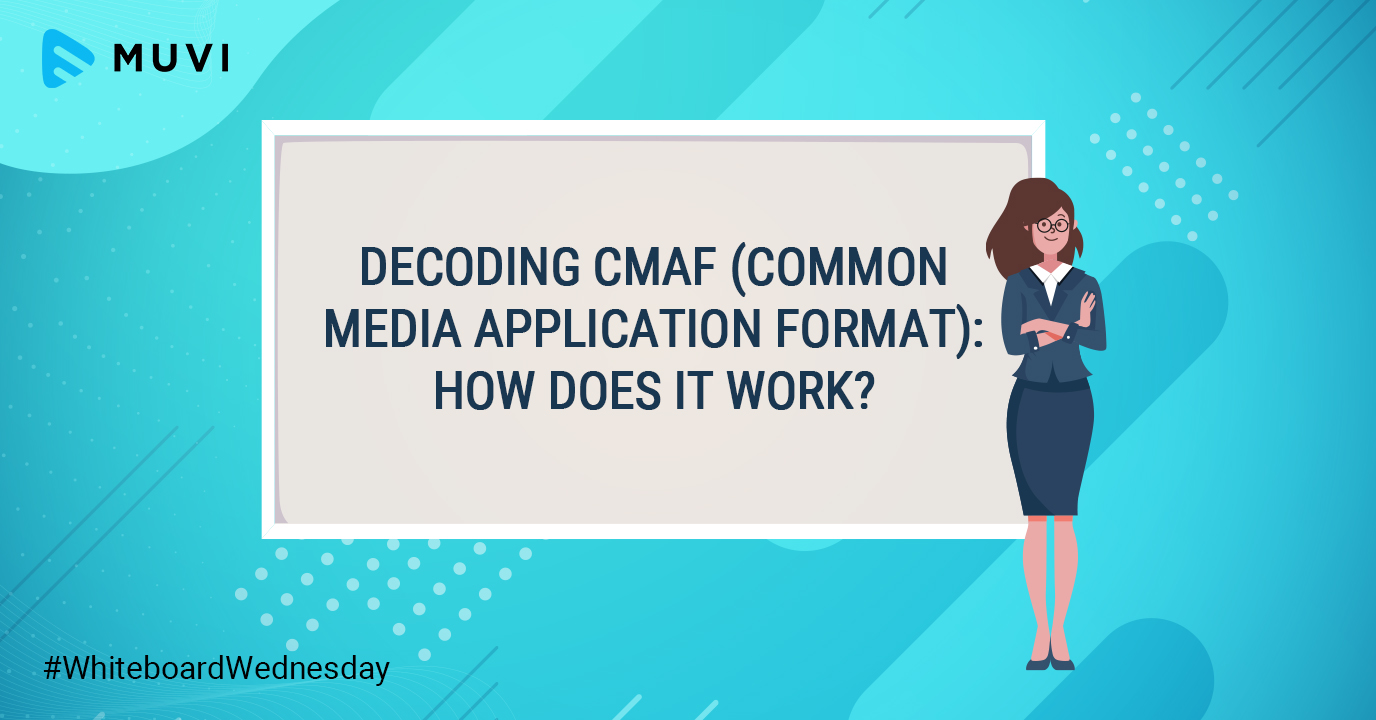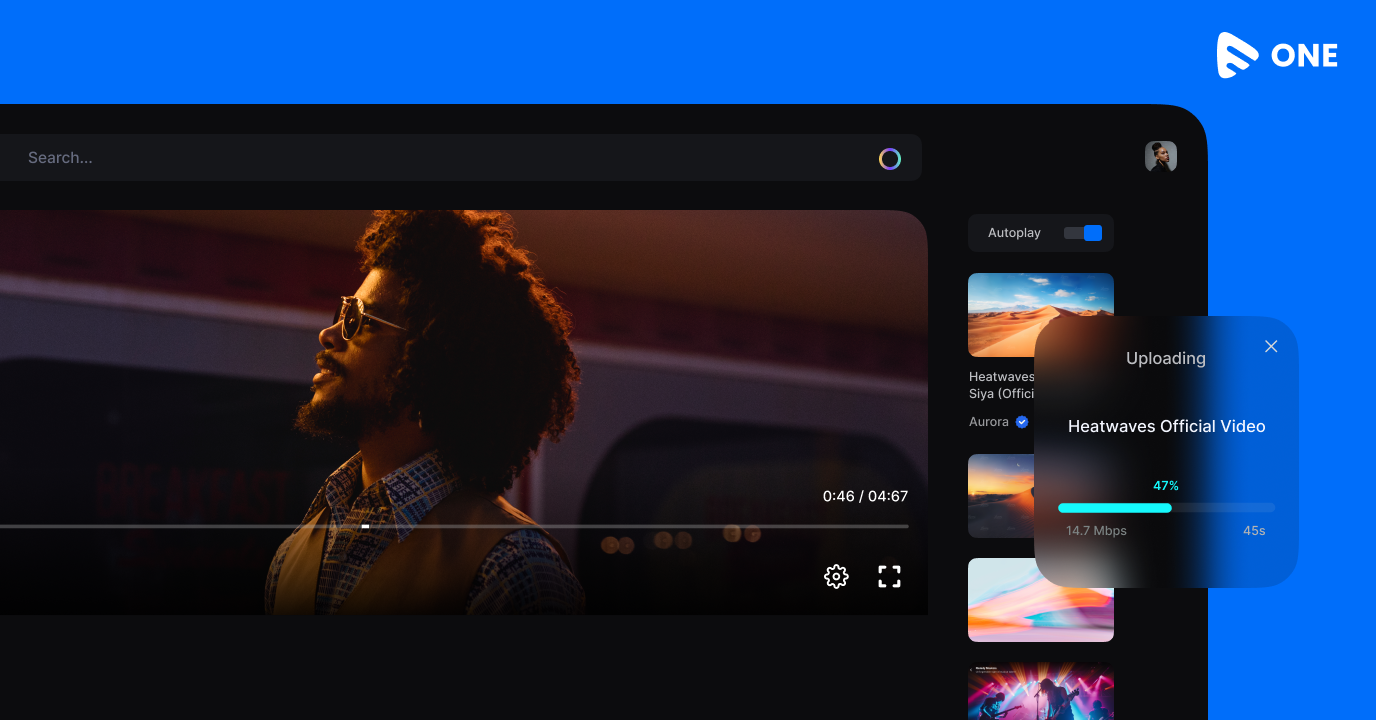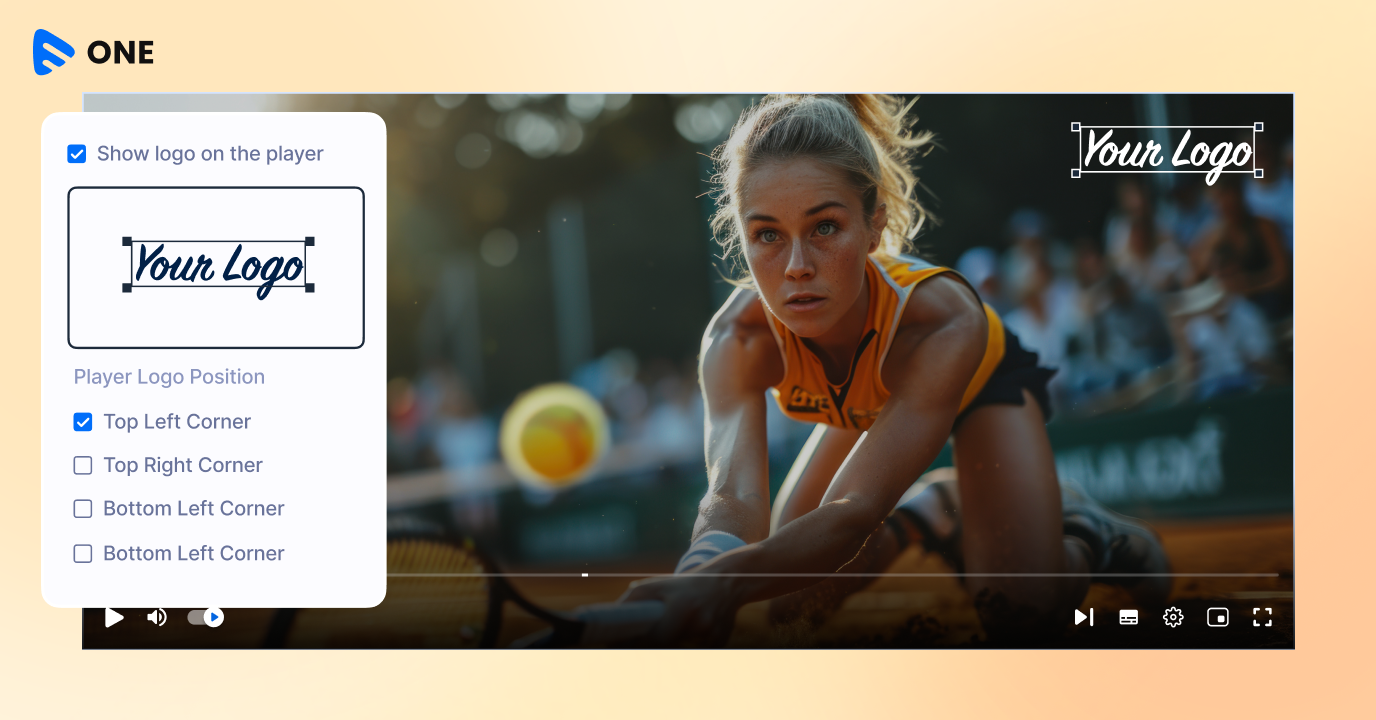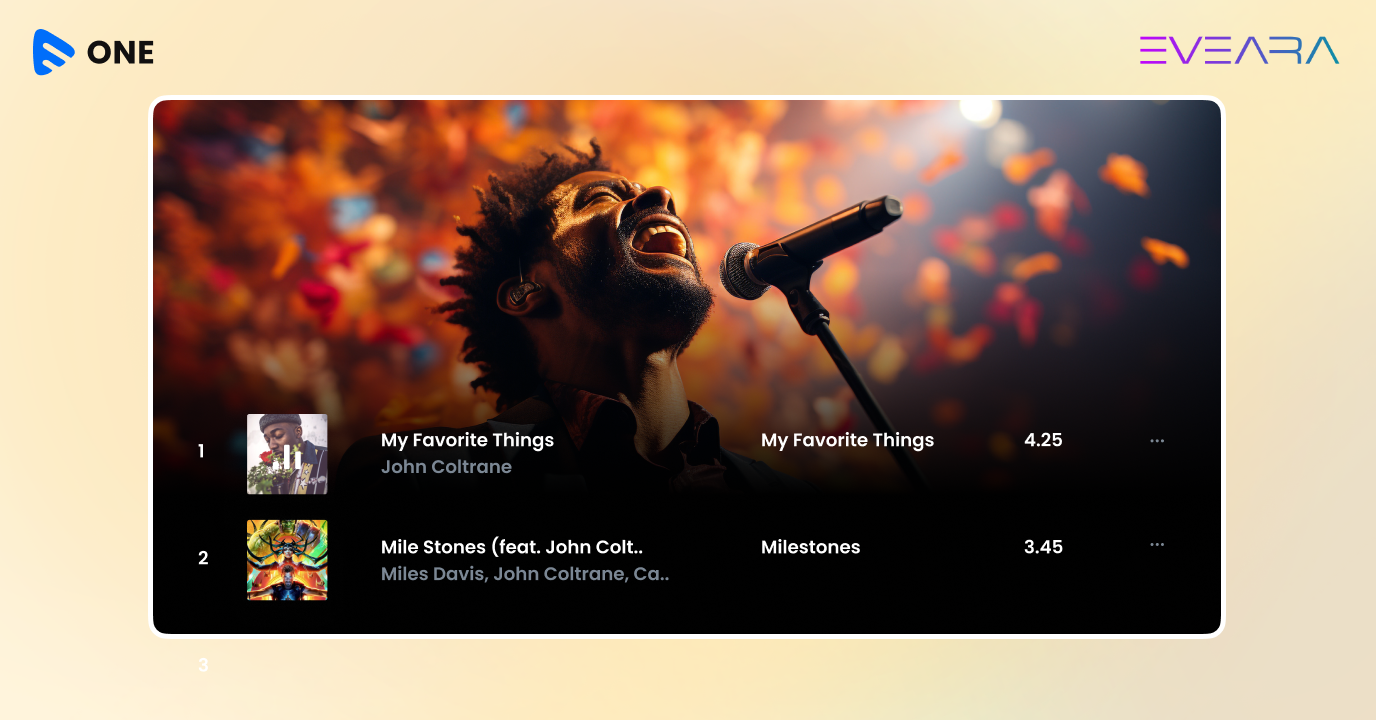It’s time for another interesting Whiteboard Wednesday session to make your streaming journey easier.
In today’s blog, we will be elaborating on the emerging new standard of CMAF and its role in delivering low latency streams. Before that, let’s understand what exactly is CMAF.
What is CMAF(Common Media Application Format)?
Developed by Apple and Microsoft, CMAF or Common Media Application Format is a new format to simplify the delivery of HTTP-based streaming media. It is an emerging standard to help reduce cost, complexity, and latency issues that content owners or broadcasters face while streaming live or on-demand content. The main goal of CMAF is to create a standardized container for delivery of both VoD and linear media using the HLS or MPEG-DASH protocols.
CMAF Specifications:
- Container Format: ISO BMFF (fMP4)
- Video Codecs: AVC, HEVC, VP9
- Audio Codecs: HE-AAC, AAC-LC, and HE-AACv2
- Encryption Modes: CBC and CTR
- Encryption Algorithm: Common Encryption (CENC)
- Subtitles: IMSC-1 and WebVTT
- Closed Captions: CC608 and CC 708
The Main Goals of CMAF
CMAF was introduced for creating a standardized media delivery format and to reduce latency issues. The main goals of CMAF adoption are:
- To cut down encoding and delivery costs through standardized encryption methods
- Simplify the complicated process of video streaming workflows
- To support a single standardized format that can be streamed across devices
Emergence of CMAF
Back in the day, online videos were mostly delivered through RTMP (Real-Time-Messaging Protocol). Although RTMP is still used today, it is not a popular streaming protocol as the Flash plugin has been deprecated.
As a result of the declining status of RTMP, other HTTP-based (Hypertext Transfer Protocol) technologies for adaptive bitrate streaming were developed out of which HLS and MPEG-DASH were accepted as the most widely supported and popular streaming standards.
However, different streaming protocols require different file containers- while MPEG-DASH uses .mp4 containers based on ISOBMFF, HLS streams are delivered in .ts format.
So, any content owner or broadcaster who wants to reach out to a wider audience must encode and store the same video file twice since encryption creates completely different sets of files.
These two versions of the same video stream either have to be done ahead of time or on the fly. Both of these procedures require additional storage and processing costs.
In order to do away with such a complex procedure, Apple and Microsoft proposed the Moving Pictures Expert Group to create a new uniform standard called the Common Media Application Format (CMAF), for reducing complexity when delivering video online.
How does CMAF work
CMAF works by the process of ‘chunked encoding’. But first, we need to understand the standard procedure of how streaming worked before the emergence of CMAF.
Until the advent of CMAF, video streaming would happen in this way- a full segment of a media file would get encoded which would then be sent to the CDN. Once the CDN received the full segment, it would transfer it to the player. This process took time.
Enter CMAF, a representation of an industry-wide effort to lower latency with chunked encoding. Chunked encoding refers to the process of breaking the video stream into smaller ‘chunks’ so that these chunks can be published immediately after encoding. Needless to say, smaller chunks take less time to encode than the entire file. So, these chunks can be published while consecutive chunks are still being processed at the back-end. This entire process reduces latency and made delivering near-real-time videos a possibility.
With the concept of a chunked encoding system, the chunks are transferred to the CDN for immediate playback. Each encoded chunk is sent and received down the chain in an independent way. When each segment is divided into smaller chunks, it makes it easier for the encoder to encode and distribute them for delivery.
Benefits of CMAF
From reducing operating costs to enabling speedy delivery, CMAF is a revolutionary technology that has created ripples in the video streaming industry. Here are the advantages of adopting a CMAF compliant streaming ecosystem.
- Cutting Costs – Packaging media files in the same container formats (ISO BMFF) eliminates the need for producing multiple renditions of the same content to support various streaming formats. In this way, the surplus cost of content repackaging and maintaining content copies in the CDN cache can be avoided.
- Reducing Complexity in Workflow – With CMAF’s support for CENC or common encryption, you need to encrypt your data only once and compatible DRM solutions can decrypt it thus reducing operating complexity
- Reduced Latency- Possibly the most important advantage of CMAF is its ability to reduce latency- it has the ability to drop end-to-end delivery time to less than three seconds using chunked encoding.
For more information on CMAF, read our blog- Advent of CMAF: Exploring the Basics of Low Latency Streaming
Wrapping Up,
CMAF as a standard streaming format across all playback platforms is one step closer to single-approach encoding, packaging, and storing. So, CMAF makes the job of streaming videos much less exhaustive and complex. It has a lot of potential by virtue of which industry leaders are betting on this emerging standard for revolutionizing the process of video delivery.
Don’t forget to share your thoughts in the comment section below. You can also tag @Muvi with #WhiteboardWednesday on Twitter and share your thoughts.
See you in our next Whiteboard Wednesday segment. Till then Happy Streaming with Muvi!
Sign Up for our 14-day Free Trial, now!













Add your comment